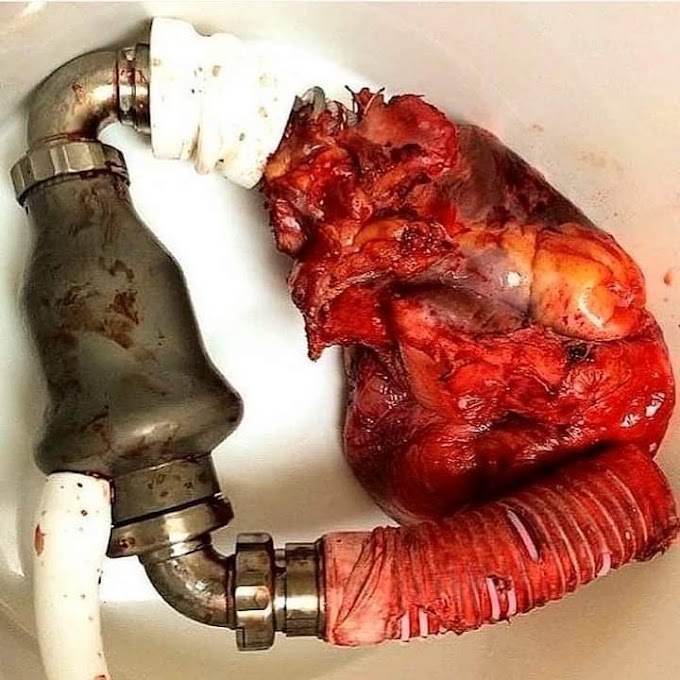Using a 3D printer, scientists build an artificial skin with microscopic features similar to a shark's.
Sharks are known for their jaws lined with razor-sharp teeth, but their skin also contributes to their ferocity. It's covered with tooth-like scales—structures known as denticles that make shark skin rough like sandpaper. For decades, scientists have suspected these denticles make sharks faster and more maneuverable by disrupting the flow of water over the fish and reducing any drag holding them back.
Now, scientists have fabricated the most realistic artificial shark skin yet. Their findings confirm that the structure can improve swimming performance, and perhaps could lead to better swimming robots.
Just proving that shark skin enhances swimming has been difficult. "Previous models were extremely simplified — you'd have little pieces of metal sticking up straight from a metal plate," says study author George Lauder, a biomechanist at the Museum of Comparative Zoology at Harvard University. "The shapes of these artificial denticles weren't right, and they weren't on flexible surfaces. Uou couldn't flap them to mimic how flexible bodies of sharks bend back and forth as they swim."
Instead, Lauder and his colleagues created artificial shark skin. The scientists bought a male shortfin mako shark (Isurus oxyrinchus) from a local fish market and scanned a 4-square-millimeter patch of its skin with a micro-CT scanner at a resolution of roughly 1.5 microns. They built a 3D model of a denticle from this scan, which they replicated digitally thousands of times to generate a computer simulation of shark skin.
The researchers next used a 3D printer to build their artificial shark skin in the real world. It was tricky: They needed a device that could print with multiple materials, because the denticles are hard while the membrane they are embedded in is soft. Moreover, the denticles curve over the membranes like hooks, which made them harder to fashion. The scientists had to print supporting material in the spaces between the denticles and the membranes and then carefully wash away this extra material without breaking the fragile denticles.
"With its rigid denticles and flexible membrane, this is by far the best model yet of what shark skin is like," Lauder says.
His team attached samples of artificial shark skin to both sides of a flexible sheet that could flap like a swimming fish. In their tests, the team found that their artificial shark skin could increase swimming speed by 6.6 percent and reduce the energy expended by 5.9 percent. Hence shark skin can reduce the energy needed for swimming.
Because of the 3D printer's limitations, the model isn't perfect. Real mako skin denticles are 150 microns large with surface features 5 to 10 microns in size, while the artificial denticles the researchers created are roughly 10 times larger in both respects. Still, Lauder says the results should reflect the performance of real shark skin.
Now that the scientists have built this material, they can experiment with it. "We want to see what effects changing the spacing of the denticles or trying different denticle structures might have," Lauder said. "We want to mimic different species of sharks, and even try structures not found in nature."
While shark skin has inspired human swimwear before, don't expect this research to lead to a record-breaking swimsuit anytime soon. It would be extremely challenging to incorporate artificial shark skin into swimwear on a commercial scale, Lauder said. "Even if it is done, it'd be banned in sports very quickly," he says. (It already happened to shark-inspired swimsuits after the 2008 Olympics.)
Instead, artificial shark skin could coat underwater robots, " it reduced cost of swimming by 3 to 5 percent.
Biomechanist Frank Fish at West Chester University in Pennsylvania, who did not take part in this research, says scientists could use similar structures could manipulate air flow to reduce drag or generate more lift. "This would be a benefit in rudders, airplane wings, fans, and wind turbines," he says.










0 Comments